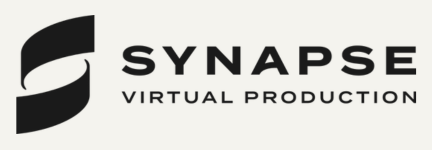
Flame 2016: A Technological Leap Forward

In the past 2 years Autodesk has ramped up Flame’s hardware and architecture. It’s been the most intense period of change since the mid ‘90s. Systems can now be configured with dual graphics cards allowing Flame Ops to render in the background without disrupting creative sessions. This is a significant advantage of Flame 2016.
This latest version comes with tools which focus on look development. Lightbox is a new concept and approach to compositing. It uses Flame’s virtual lights to cast colour corrections, suppressions and exposures. When I saw Lightbox in an early build, I was very excited for the possibilities. At the time, I was wrestling with a challenging bluescreen shot. Keying flyaway hair against a bluescreen is never straightforward as it tends to have a dark magenta halo which needs to be suppressed. On that occasion, I had to build a complicated setup to compensate. Today, using Lightbox, I can point a light against the hair, add a magenta suppression and track it to the movement. It’s certainly a more elegant solution than I employed in the past.
There are many more tools in Flame 2016 which are changing my approach to compositing. One of its most welcome features is a completely new tracking system called Planar Tracking. Using an algorithm which analyses the footage, it can understand planes, ie, walls, ground, billboards, etc, which allows the Op to attach any media to that surface. It’s a far more effective approach compared to tracking single points and manually adjusting them.
For all the recent advancements, like other Flame artists, I still have a wishlist. There remain areas of the software still stuck in the past. Generating properly spaced text with a good aesthetic in Flame is a frustrating experience. The Text module hasn’t changed in years and does not integrate well with the rest of the environment. The best way to work around this limitation is to jump on a Mac, fire up Photoshop and import the file back into Flame. Similarly, the Paint module lags far behind Nuke’s offering. Even though Flame records my paint strokes there is no way to alter them, short of starting again. Similarly, the lack of tools to track paint strokes to the shot is very limiting.
As Flame ops we’ve learned to work around these basic issues within the system. Despite these gripes, I have to say I’m very excited with Flame’s current development team and their approach makes it an exciting tool to use.
Hani AlYousif is Founder & VFX Supervisor at Filament Post












